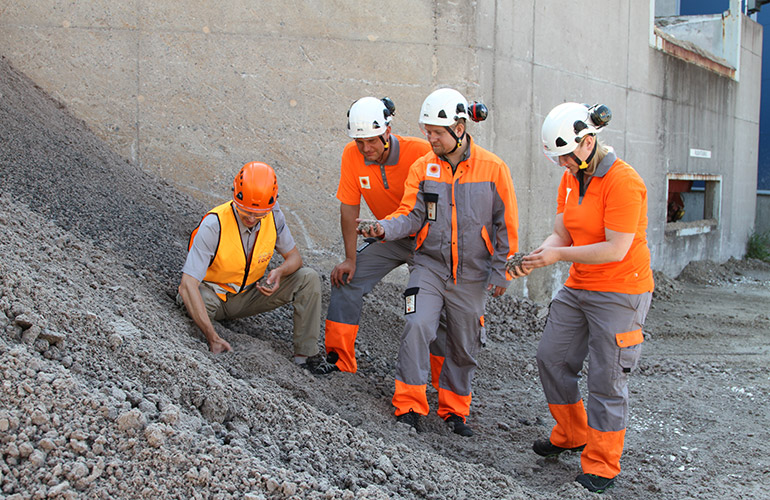The Baltic Sea is often cited as the most polluted sea in the world. This relatively small and shallow sea has to absorb pollutants from the many countries – Finland, Sweden, Russia, Poland, Germany, Denmark and the Baltic states – around its shores, including excessive quantities of nutrients such as phosphorus and nitrogen.
Agriculture is among the main polluters of the Baltic Sea, especially due to the use of phosphorus-rich fertilisers. Stora Enso's Imatra Mills are among the pioneers recycling residual materials for soil improvement that can reduce the need for artificial fertilisers. Currently the amount of sludge processed this way is almost 15%, more than double the amount compared to 2015.
No such thing as waste
Imatra is one of Stora Enso's largest facilities, producing for instance liquid packaging board for milk and other beverage cartons and food service boards for paper cups, plates, and trays. Material efficiency is in the DNA of Imatra's operations – with 99.4% of all side streams and wastes recycled and reused.
"Every day the mills' production generates nearly 100 tonnes of wastewater sludge, composed of fibre residues. This sludge was earlier burned at the mill, but recently we have found innovative, material and energy efficient ways to reuse it," explains Juha Oksanen, Senior Sustainability Manager in Stora Enso's Consumer Board division.
Imatra Mills' dried wastewater sludge is now processed into fractions that can be used by farmers instead of conventional fertilisers to increase the organic content of soils. These sludge-based products contain only limited amounts of easily soluble nutrients that may leach into water, while they are rich in a wide range of organic, slowly soluble nutrients.

Fields of gold
Tyynelä Farm at Joutseno in south-east Finland has 120 hectares of arable land cultivated using organic methods to grow crops including rye, peas, spelt and rapeseed. Agronomist Juuso Joona, who runs the farm, has been utilising side streams from Imatra to improve its soils since 2012."The organic matter in the sludge improves the water-holding capacity, microbial activity and aggregation of the soil. This improves its productivity and reduces harmful emissions including greenhouse gases and nutrient runoff to watercourses," he explains.
"The sludge products have worked well in our organic farming, and both soil quality and crop yields have improved substantially over the years. Our good results have also inspired other farmers to seek out environmentally responsible soil improvement methods."
These positive experiences have also encouraged Juuso Joona to set up a new business. Their company Soilfood works with nine forest industry sites around Finland, including Stora Enso's Sunila and Ingerois mills as well as Imatra.
Groundbreaking research under way
Related R&D work is continuing, with other forest industry companies, Aalto University and Lappeenranta University of Technology also involved. Wastewater sludge from Imatra has been used in field trials run by the University of Helsinki and Natural Resources Institute Finland.
"In addition to the environmental benefits for rivers and the sea, reusing wastewater sludge instead of burning it improves Imatra Mills' energy efficiency and reduces the use of fossil fuels, supporting our combat against global warming," Juha Oksanen says.
"If everything goes as planned, this can become a groundbreaking environmental innovation – for both the forest industry and the agricultural sector."
Article originally published in August 2016.





